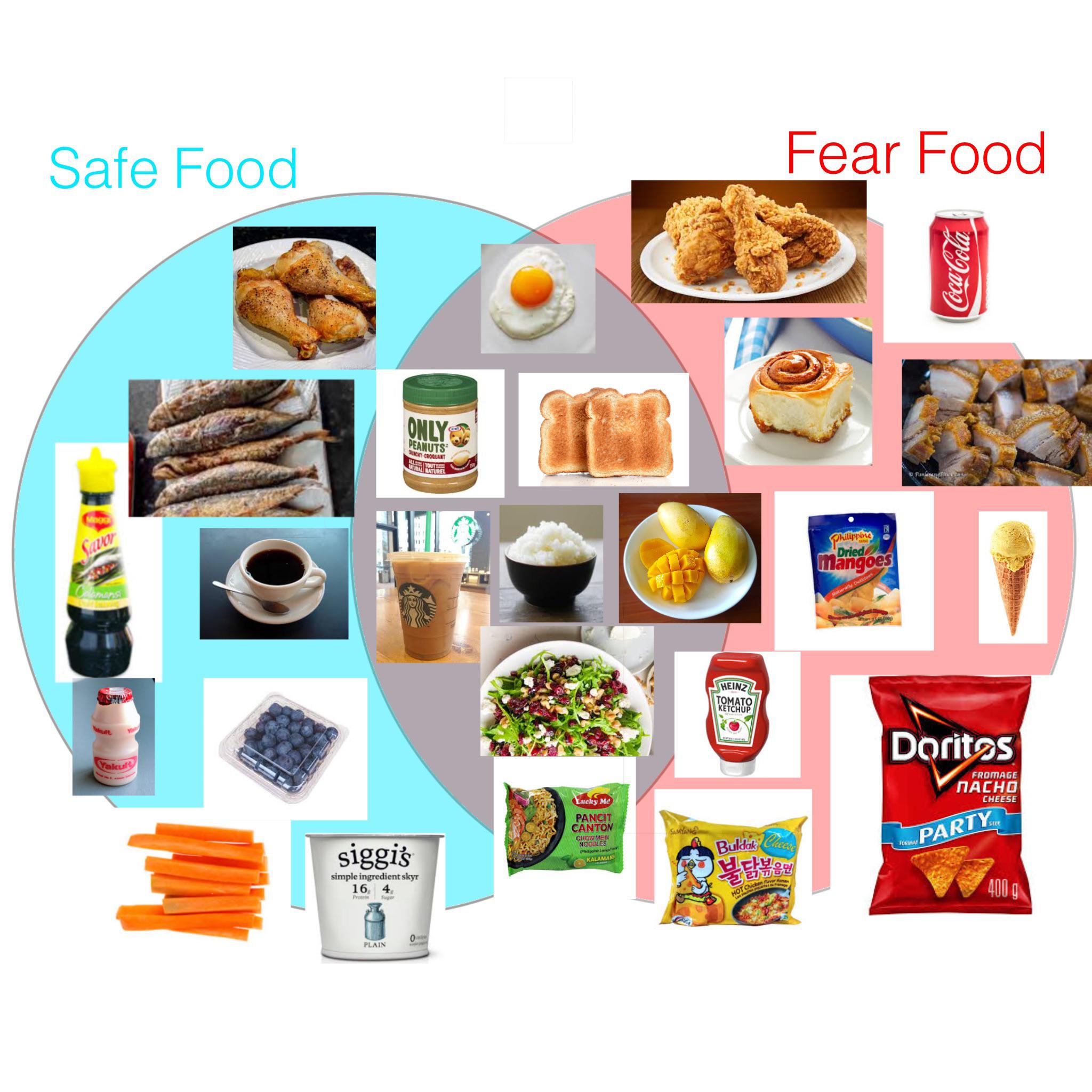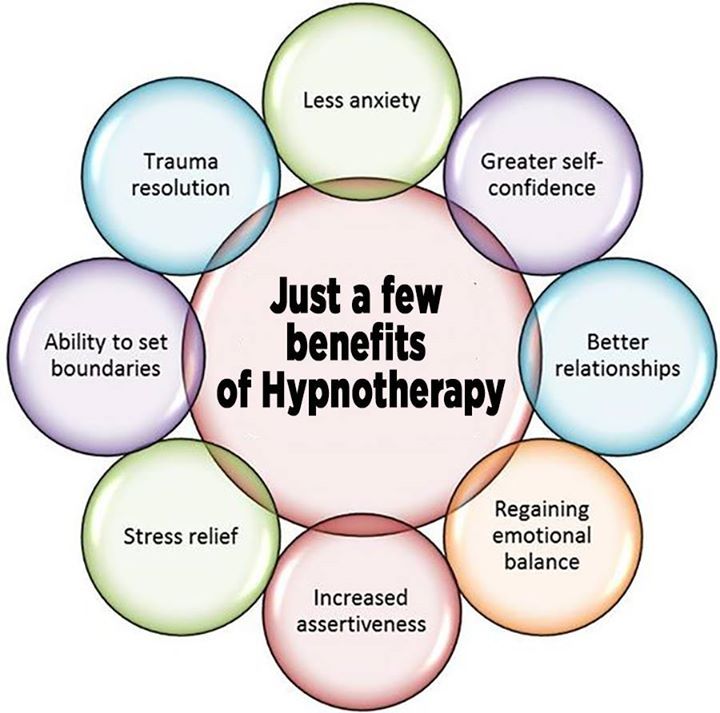
Cognitive therapy is an excellent tool for managing mental illnesses. Mindfulness-based cognitive treatment techniques may be a great method to improve your health. Sessions can be very beneficial for all ages, from people suffering from eating disorders to people who suffer from co-occurring disorders. Although these techniques aren't perfect, many patients have seen promising results. Here are some of the many benefits of MBCT. Read on to learn more about the techniques.
Since thousands of years, mindfulness-based cognitive therapies have been used. It was originally developed to help people cope with recurrent depression, but the research has shown that it can be beneficial for a variety of conditions. These techniques were originally developed by Mark Williams, Zindel Segal, Phillip Barnard and Jon Kabat-Zinn. The therapy's main purpose is to change how you react to stressful situations. This can have an effect on your emotional state.

Mindfulness-based cognitive therapy is not easy to learn. Those who practice them regularly report positive effects. Some practitioners of the practice have said that it can increase their overall happiness and reduce their stress levels. However, there are still many questions regarding how it can help people suffering from depression. The benefits of mindfulness-based cognitive therapy techniques are still not fully understood, but they do show promise. Despite its limitations, there is plenty of empirical evidence supporting its use in clinical settings.
The research behind MBCT looks promising. This form of therapy integrates cognitive and mindfulness practices to help people overcome problems. MBCT is a great option for individuals suffering from anxiety or depressive symptoms. It has few side effects, and it is extremely effective in relieving anxiety and depression symptoms. MBCT is also very effective. There are no side effects. Researchers in the United States have found that MBCT techniques reduce suicidal tendencies and increase quality of life.
Although some people don't have anxiety or depression, MBCT can help. The therapy teaches patients to be more aware of their thoughts and build a new relationship. MBCT sessions can help people with a variety of psychological problems, such as anxiety and depression. It is an important part of treatment for people who want to improve the quality of their lives.

Depression and other mental health problems are often characterized by the inability to manage their emotions. Many adolescents struggle to control their emotions. The mindfulness-based cognitive therapist can help you deal with these issues. It helps people become more aware and present with their thoughts and feelings. This can help them avoid depression. In this way, they will be better able to cope with stress, anxiety, and other mental conditions.
FAQ
Why does weight change as we age?
How can you find out if your weight has changed?
If there are less calories than muscle mass, then weight loss is possible. This means that the amount of calories consumed must exceed the amount of energy used daily. Low activity levels are the most common cause for weight loss. Other factors include stress, illness and pregnancy. Weight gain occurs when there is more fat than muscle mass. It occurs when people eat more calories than what they use in a given day. The most common causes are overeating, increased activity, hormonal changes, and excessive calories.
Our bodies lose weight because we eat fewer calories than we burn. By exercising regularly, our metabolism rates increase which in turn burns more calories during the day. But, this does not mean that we will be thinner. It is important to know if we are losing weight or gaining muscle. If we are burning more calories than what we eat, then we will lose weight. But if you consume more calories than you burn, you're actually storing them for fat.
As we age, we become less agile and don't move as often. We also tend not to eat as much food as we used to when we were younger. This is why we tend to gain weight. However, our muscle mass is more important than we realize and makes us appear larger.
It's not possible to measure how much weight your body has lost without weighing yourself every week. There are many different ways to measure your weight. You can measure your waist, hips and thighs as well as your arms. Some people prefer to use bathroom scales while others like to use tape measures.
For a better track of your progress, try to weigh yourself once per week and measure your waistline once every month. You can also take photos of your self every few months to track how far you've come.
You can also look up your height, weight and body measurements online to determine how much you weigh. For example, if you're 5'10" tall and weigh 180 pounds, you'd probably weigh 180 pounds.
Do I need to count calories
You might wonder, "What's the best diet for me?" or "is counting calories necessary?" The answer to this question depends on many factors, including your current health, your personal goals and preferences, as well as your overall lifestyle.
The Best Diet for Me - Which One is Right For You?
My current health status, personal goals, preferences, and overall lifestyle all play a role in choosing the right diet. There are many different diets, some good and some not so good. Some diets work well for some people and others do not. What can I do to make the right choice? How do I make a good decision?
These are the questions that this article attempts to answer. It starts with a brief introduction of the different types of diets available today. After that, you will learn about the pros and disadvantages of each type. We'll then discuss how to choose which one is best for you.
Let's first take a look at different diets.
Diet Types
There are three main types of diets: low fat, high protein, and ketogenic. Let's take a look at them all below.
Low Fat Diets
A low-fat diet restricts fat intake. This is achieved through reducing intakes of saturated fats (butter and cream cheese, for example). You can replace them with unsaturated oils (olive oil and avocados) If you want to lose weight fast and easily, then a low fat diet is often recommended. This kind of diet could cause problems like constipation or heartburn and indigestion. It can also lead to vitamin deficiencies, if someone doesn't get enough vitamins in their food.
High Protein Diets
High protein diets discourage carbohydrates and encourage the use of proteins. These diets are more protein-rich than others. These diets are designed to build muscle mass and help you burn more calories. They may not be able to provide sufficient nutrition for people who need it. Also, they tend to be very restrictive, so they aren't suitable for everyone.
Ketogenic Diets
Ketogenic diets also go by the name keto diets. They are high-fat and low in carbs and protein. They are typically used by athletes and bodybuilders because they allow them to train harder and longer without getting tired. However, they must be used with caution to avoid nausea, headaches and fatigue.
What can you do to boost your immune system?
Human bodies are made up of trillions upon trillions of cells. Each cell is responsible for creating organs and tissues with specific functions. A cell that dies will be replaced by another. Cells also communicate with each other using chemical signals called hormones. Hormones regulate every bodily process, from growth and development to metabolism as well as immunity.
Hormones can be described as chemicals produced by glands in the body. They travel through bloodstreams and act as messengers that control the function of our bodies. Some hormones are produced internally while others are made outside of the body.
The release of hormones from a hormone producing gland into the bloodstream is the beginning of hormone production. Once hormones become active, they move throughout the body until reaching their target organ. In some cases hormones can remain active for only a few hours. Other hormones can remain active longer, and they continue to affect the body's functionality even after leaving the bloodstream.
Some hormones are produced in large quantities. Others are produced in small amounts.
Some hormones are produced at certain times during life. For instance, estrogen is produced during puberty, pregnancy, menopause, and old age. Estrogen assists women with breast development, bone density, and osteoporosis prevention. Estrogen promotes hair growth, and skin stays soft and smooth.
What is the best food for me?
Your lifestyle and individual needs will determine the best diet for your body. You should also consider how much energy your exercise consumes, whether you like low-calorie or high-calorie foods, and what you enjoy in terms of eating fruits and veggies.
Intermittent Fasting is an alternative to traditional fasting if you are looking to lose weight. Intermittent Fasting means that you eat only specific meals throughout your day and not three large meals. This may be a better option than traditional diets with daily calorie counts.
Some studies suggest that intermittent fasting may improve insulin sensitivity and reduce inflammation, which can lead to improved blood sugar levels and reduced risk of diabetes. Research also shows that intermittent fasting may increase fat loss and improve overall physique.
How can I live the best life possible every day?
Finding out what makes your heart happy is the first step to living a fulfilled life. You can then work backwards once you know what makes YOU happy. You can also ask other people what they do to live the best lives possible every day.
Dr. Wayne Dyer's book "How to Live Your Best Life" is also available. He talks about how to find happiness and fulfillment at all stages of our lives.
Statistics
- WHO recommends reducing saturated fats to less than 10% of total energy intake; reducing trans-fats to less than 1% of total energy intake; and replacing both saturated fats and trans-fats to unsaturated fats. (who.int)
- In both adults and children, the intake of free sugars should be reduced to less than 10% of total energy intake. (who.int)
- According to the Physical Activity Guidelines for Americans, we should strive for at least 150 minutes of moderate intensity activity each week (54Trusted Source Smoking, harmful use of drugs, and alcohol abuse can all seriously negatively affect your health. (healthline.com)
- According to the 2020 Dietary Guidelines for Americans, a balanced diet high in fruits and vegetables, lean protein, low-fat dairy and whole grains is needed for optimal energy. (mayoclinichealthsystem.org)
External Links
How To
What does the word "vitamin" mean?
Vitamins can be described as organic compounds found in food. Vitamins aid us in absorbing nutrients from the food we eat. Vitamins cannot be made by the body; they must be taken from food.
There are two types if vitamins: water soluble, and fat soluble. Water soluble vitamins dissolve easily in water. Some examples include vitamin C,B1 and B2 vitamins (thiamine), B2 and riboflavin, B3 and B6 vitamins (niacin), folic acids, biotin, pantothenic acids, and cholesterol. The liver and fat soluble vitamins are stored within the liver and in fatty tissue. You can find vitamin D, E K, A, beta carotene, and other fat-soluble vitamins.
Vitamins can be classified according to biological activity. There are eight main groups of vitamins.
-
A - Essential for healthy growth and health maintenance.
-
C - important for proper nerve function and energy production.
-
D - essential for healthy bones, teeth, and gums.
-
E - needed for good vision and reproduction.
-
K - required for healthy muscles and nerves.
-
P – vital for building strong bones.
-
Q - aids digestion and absorption of iron.
-
R is required for the production of red blood cells.
The recommended daily allowance of vitamins (RDA), varies according to age, gender, physical condition, and other factors. The U.S. Food and Drug Administration (FDA) sets the RDA values.
For adults over 19, the RDA for vitaminA is 400 micrograms per daily. Because it is essential for the development of the fetus, pregnant women should consume 600 micrograms per daily. Children ages 1-8 require 900 micrograms per day. Infants below one year old require 700mg per day. But, between 9 months to 12 months, the amount drops to 500mg per day.
Children aged 1-18 years need 800 micrograms daily, while children overweight require 1000 micrograms per days. Children who are severely obese or underweight will need 1200 micrograms each day.
Children aged 4-8 years old who have been diagnosed as having anemia require 2200 micrograms of vitamin C per day.
2000 micrograms per person is necessary for general health. Because of their higher nutrient needs, women who are pregnant or nursing need 3000 mg per day.
Adults over 70 years of age need 1500 micrograms per day since they lose about 10% of their muscle mass each decade.
Women who are pregnant and lactating need more nutrients than the RDA. Pregnant women need 4000 micrograms per dayduring pregnancy and 2500 micrograms per day after delivery. Breastfeeding moms need 5000 micrograms each day when breastmilk production occurs.